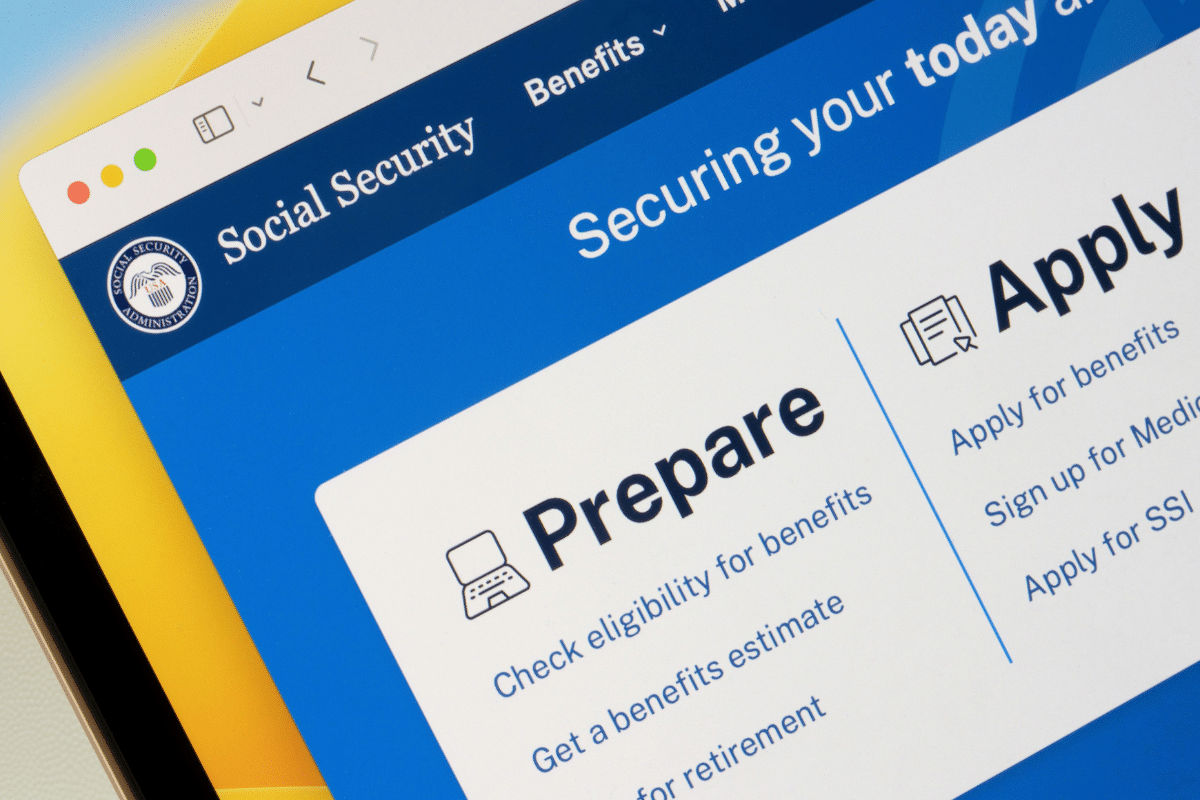Amid recent reports from such prominent news outlets as The New York Times and Associated Press about the negative…
Medicaid Excluded Funds: How to Ensure Proper Exclusion
Nothing is ever simple. If you have excluded funds such as German Reparations, what must be done to make sure they are excluded for Medicaid purposes?
The best approach is to make sure that they you do not commingle these funds with non-excluded funds. Some elder law attorneys recommend that the funds be held in a separate Trust but this is not a requirement.
According to the Program Operations Manual System (POMS) of Social Security (SI 01130.700), the key is that the excludable funds must be identifiable in order to be excluded. “Identifiability” does not require that excluded funds be kept physically apart from other funds (e.g., in a separate bank account).
The POM further provides that there should be an assumption that when withdrawals are made from an account with commingled funds in it, that non-excluded funds are withdrawn first, leaving as much of the excluded funds in the account as possible.
If excluded funds are withdrawn, the excluded funds left in the account can be added to only by deposits of subsequently received funds that are excluded under the same provision; and excluded interest.
If interest on the excluded funds is excluded (as with disaster assistance), the percent of an interest payment to be excluded is the same as the percent of funds in the account that is excluded at the time the interest is posted. The excluded interest is then added to the excluded funds in the account.
In order to prove that one has excludable funds, one should be able to provide a complete history of account transactions back to the initial deposit of excluded funds.
For example (#1), an individual deposits a $1,000 SSI check ($800 for the preceding 4 months and $200 for the current month) in a checking account. The account already contains $300 in non-excluded funds.Of the new $1,300 balance, $800 is excluded as retroactive SSI benefits. The individual withdraws $300. The remaining $1,000 balance still contains the excluded $800. The individual withdraws another $300, leaving a balance of $700. All $700 is excluded. The individual deposits $500, creating a new balance of $1,200. Only $700 of the new balance is excluded.
For example (#2), An individual deposits $200 in excluded funds in a non-interest bearing checking account that already contains $300 in non-excluded funds. The individual withdraws $400. The remaining $100 is excluded. The individual then deposits $100 in non-excluded funds. Of the resulting $200 balance, $100 is excluded. The individual next deposits $100 in excludable funds. Of the new $300 balance, $200 is excluded.
For example (#3), A $1,000 savings account includes $800 in excluded disaster assistance when a $10 interest payment is posted. Since 80 percent of the account balance is excluded at the time the interest is posted, 80 percent of the interest ($8) is excluded. The amount of excluded funds now in the account is $808.
If your excluded assets are being counted as non-excluded by Medicaid or Social Security Administration (SSA), I recommend that you seek the advice of counsel to appeal this decision.




Comments (0)